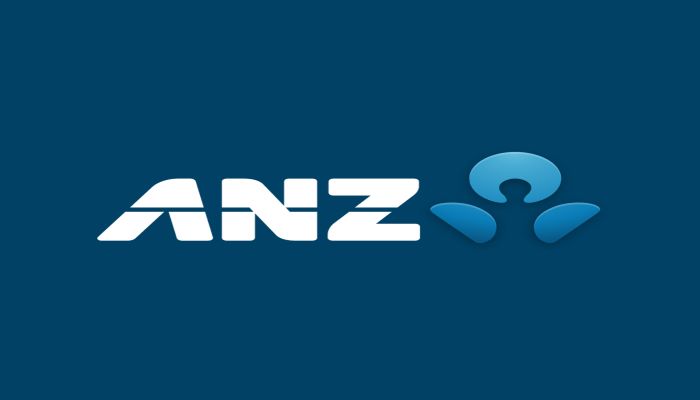Finance
Increasing Demand And An Undersupply Of Accommodation Impacts Affordability For Australian Renters

An undersupply of rental accommodation and an increase in renters is deteriorating affordability, a new report from ANZ and CoreLogic has found.
The report found rental affordability – the portion of income required to service a new lease – is at the highest level since June 2014, with 30.8 per cent of income required to service a new lease nationally, for a median income household.
At the lower household income level, 51.6 per cent of income would be required, suggesting particular pressure for households at the 25th percentile income level.
ANZ Senior Economist Felicity Emmett said it’s important to factor in rental metrics when looking at housing affordability in Australia.
“Heightened economic uncertainty has seen a decline in sales volumes in the private market and an increase in those seeking rental accommodation. Paired with a decline in social housing, rental demand pressures are being felt in all income brackets,” Ms Emmett said.
Rental vacancy rates as of April 2023 were 1.1 per cent nationally, below a decade average of 3 per cent. In the same period, total rent listings are 38.1 per cent below the previous decade average.
An increase in regional migration during the pandemic led to increased rent values and low vacancy rates in both regional Australia as well as major cities. Since March 2020, rent values increased more across regional markets at 28.8 per cent, compared to 24.4 per cent in capital cities.
CoreLogic Australia Head of Research Eliza Owen said rental demand has seen some extraordinary shifts in the past three years with fewer people per household requiring more dwellings coupled with a strong return in overseas migration.
More recently, rental growth has eased across the regions and houses while ramping up in capital cities and units.
“As rents have risen sharply, the increase in the cash rate, and pressures in the construction sector have slowed the rate of dwelling completions. This has meant investor conditions are not ideal, and has stemmed the flow of new rental properties to the market,” she said.
“Through February and March ABS lending data has shown signs of an increase in investment borrowing, but it will take some time for a supply response to ease pressures in the rental market.”
Whilst rental affordability is most strained across Hobart, Regional QLD and Regional NSW, housing affordability metrics highlight Sydney as the most unaffordable market for home ownership.
Sydneysiders on average require 51.6 per cent of income to service a new mortgage, and around 12 years to accumulate a 20 per cent deposit – this, combined with higher building and construction costs, is pushing more people out of the housing market, increasing aggregate rental demand.
ANZ and CoreLogic release regular reports about the affordability of the Australian housing market. Access the full report here
Source – ANZ
-
Auto2 years ago
Honda Marine Debuts All-New BF350 Outboard Company’s First V8 Motor Available Commercially, Flagship Model Offers Premium Power and Unparalleled Performance for Extraordinary Boating Experiences
-
Auto2 years ago
New Features Further Increase Desirability Of Bentayga Range
-
Technology2 years ago
Oracle Partners with TELMEX-Triara to Become the Only Hyperscaler with Two Cloud Regions in Mexico
-
Auto2 years ago
Honda and Acura Electric Vehicles Will Have Access to Largest EV Charging Networks in North America Aided by New Agreements with EVgo and Electrify America
-
Lifestyle2 years ago
2023 Nike World Basketball Festival Brings the Best of Basketball Style, Culture and Community